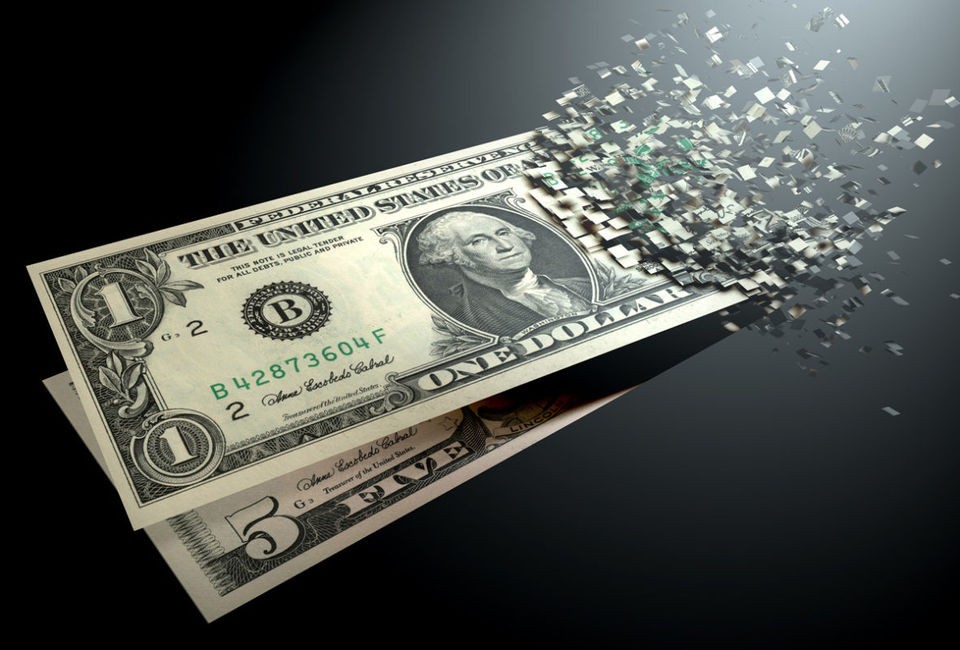Goldman Sachs U-Turn: Drops Dollar Parity Forecast As Euro Strengthens
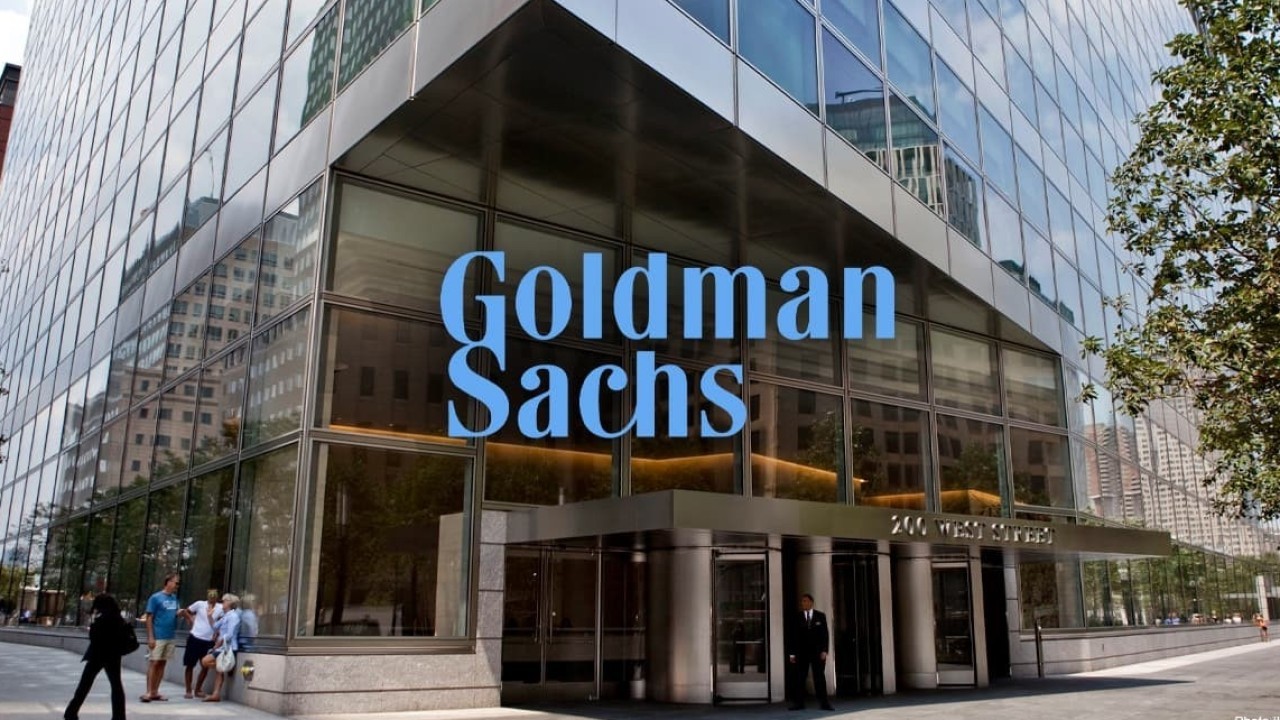
The Goldman Sachs U.S. dollar forecast has been dramatically revised right now as the bank completely abandons its euro-dollar parity prediction. This really significant shift comes at a time when the euro is strengthening against the dollar, and is largely driven by Europe’s massive defense spending initiatives and also the changing regional economic factors that are reshaping markets.
Also Read: Top 3 Cryptocurrencies To Rise From Trump’s “Made In America”
Euro Rises As Goldman Sachs Revises U.S. Dollar Outlook
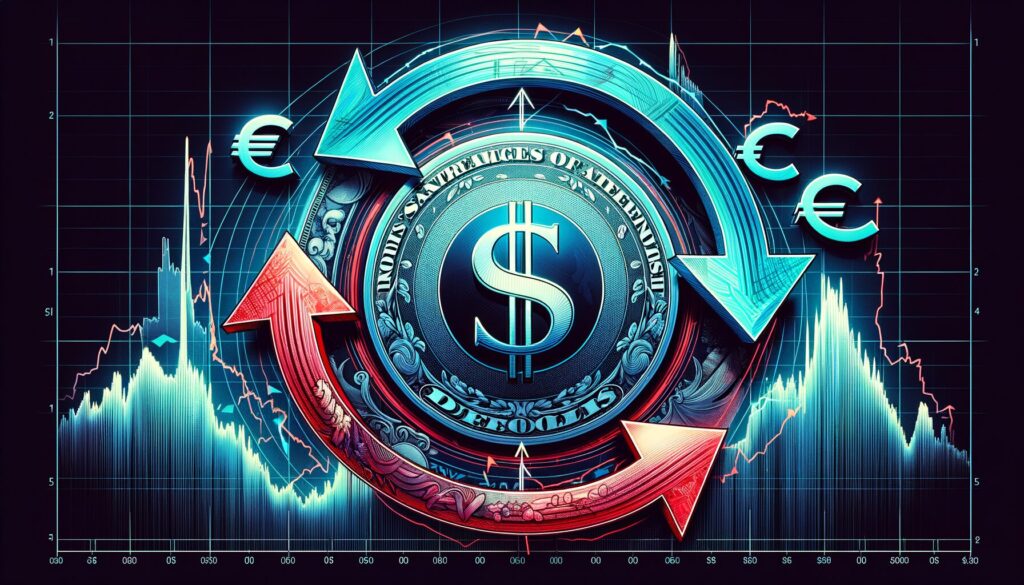
Defense Spending Boosts Euro Performance
Goldman Sachs U.S. dollar forecast shows the euro trading at around $1.01 in six months, which is definitely stronger than its previous call for $0.97. Goldman, along with MUFG and TD, has officially abandoned their predictions that the euro would reach parity with the dollar anytime soon. The euro has, in fact, surged about 4% from a two-year low that was recorded just last month.
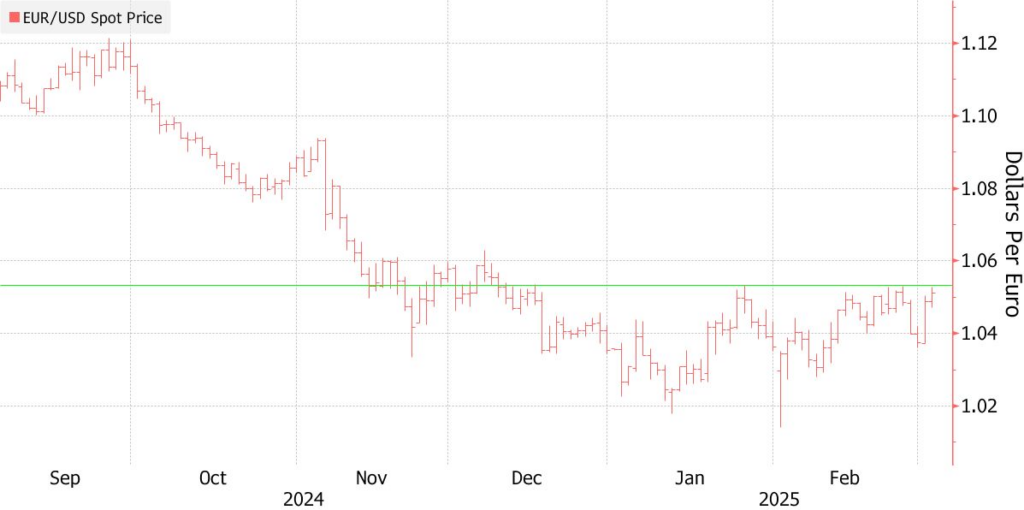
Ales Koutny, head of international rates at Vanguard Asset Management Ltd., stated:
“The current wave of spending in Europe, while negative from a debt sustainability point of view, will lead to more cohesion and solidarity, keeping European spreads contained and strengthening the euro.”
Euro Strengthens Despite Tariff Concerns
The euro was actually trading 0.6% stronger at $1.0547 in the past week, reaching its highest level since December, despite U.S. President Donald Trump’s decision to implement new tariffs on China, Mexico and Canada. Goldman Sachs still considers U.S. tariffs a “pillar” of their U.S. dollar forecast outlook, but they now see their impact as somewhat reduced.
Goldman’s strategists led by Kamakshya Trivedi acknowledged:
“They could be a little less impactful than what we had initially anticipated.”
Also Read: Shiba Inu: Is SHIB A Profitable Buy For 2025?
European Fiscal Policy Shift
The euro parity 2025 discussion has fundamentally changed due to what some are calling a historic shift in European fiscal policy. European Commission President Ursula von der Leyen recently announced nearly €800 billion in potential defense funding, which has really influenced currency markets.
Ven Ram, Cross-Assets Strategist based in Dubai, noted:
“With Europe likely to line up defense spending on a scale not imaginable in recent years, the prospect of stickier yields and the boost to the economy from ramped-up fiscal loosening will keep the euro bid in the weeks to come.”
Banks Revise Currency Projections
MUFG has also revised its euro projection to approximately $1.02 by month-end, up from their previous $0.99 forecast. The bank believes that U.S. tariffs on European goods are more likely to appear in the second quarter rather than the first quarter, and this has affected their U.S. dollar forecast analysis as well.
Also Read: Shiba Inu Forecasted To Reach 1.2 Cents, Here’s When
Goldman Sachs U.S. dollar forecast revisions reflect how European defense spending and also various geopolitical factors are currently reshaping currency markets in real time. While the euro certainly remains vulnerable to potential U.S. tariffs and other external pressures, most analysts right now agree that the risk of euro parity in 2025 has significantly diminished due to these changing dynamics.
Read More
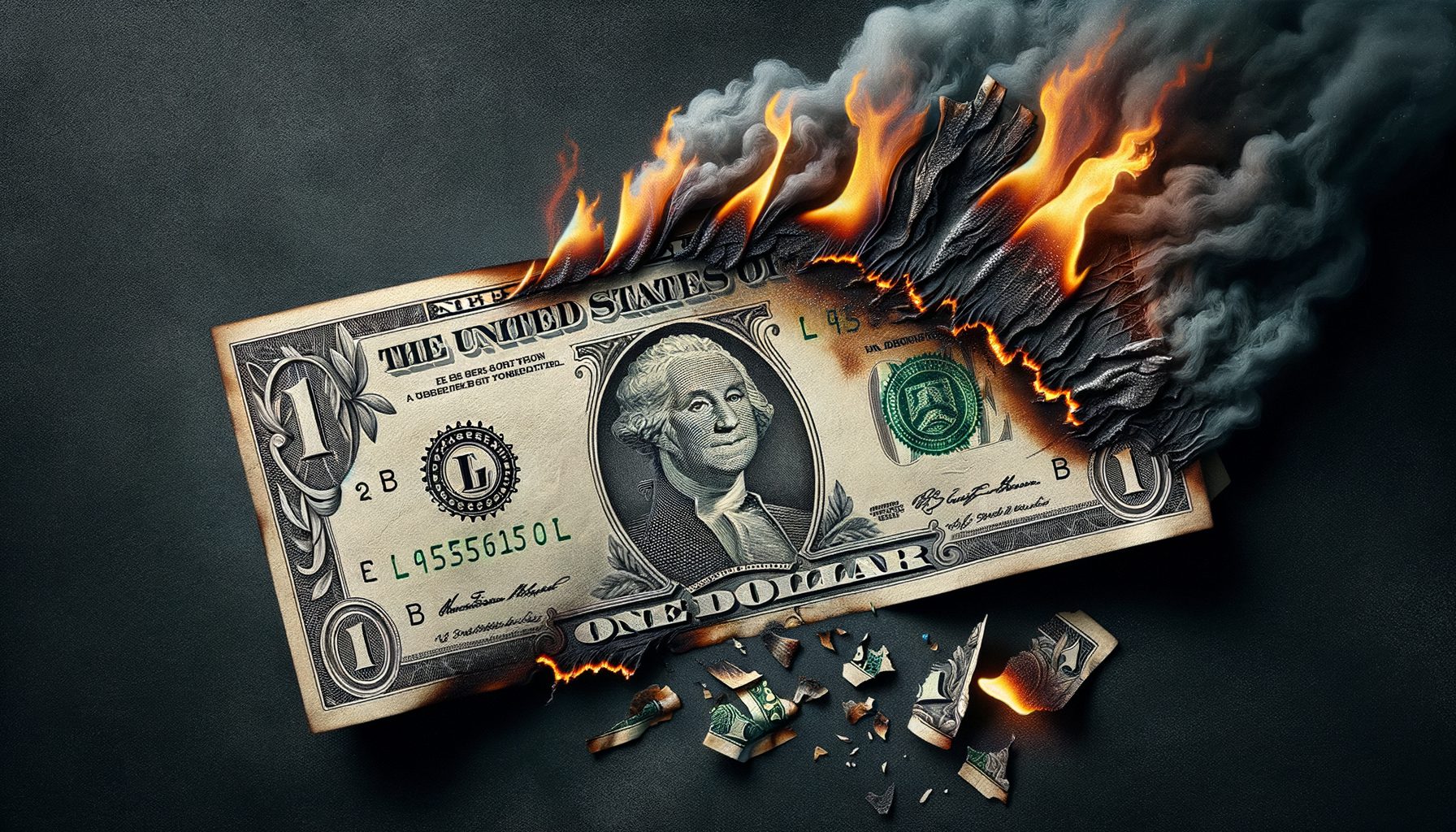
De-Dollarization Surge: Why Europe’s Euro Bonds Could End U.S. Dollar’s Reign
Goldman Sachs U-Turn: Drops Dollar Parity Forecast As Euro Strengthens

The Goldman Sachs U.S. dollar forecast has been dramatically revised right now as the bank completely abandons its euro-dollar parity prediction. This really significant shift comes at a time when the euro is strengthening against the dollar, and is largely driven by Europe’s massive defense spending initiatives and also the changing regional economic factors that are reshaping markets.
Also Read: Top 3 Cryptocurrencies To Rise From Trump’s “Made In America”
Euro Rises As Goldman Sachs Revises U.S. Dollar Outlook

Defense Spending Boosts Euro Performance
Goldman Sachs U.S. dollar forecast shows the euro trading at around $1.01 in six months, which is definitely stronger than its previous call for $0.97. Goldman, along with MUFG and TD, has officially abandoned their predictions that the euro would reach parity with the dollar anytime soon. The euro has, in fact, surged about 4% from a two-year low that was recorded just last month.

Ales Koutny, head of international rates at Vanguard Asset Management Ltd., stated:
“The current wave of spending in Europe, while negative from a debt sustainability point of view, will lead to more cohesion and solidarity, keeping European spreads contained and strengthening the euro.”
Euro Strengthens Despite Tariff Concerns
The euro was actually trading 0.6% stronger at $1.0547 in the past week, reaching its highest level since December, despite U.S. President Donald Trump’s decision to implement new tariffs on China, Mexico and Canada. Goldman Sachs still considers U.S. tariffs a “pillar” of their U.S. dollar forecast outlook, but they now see their impact as somewhat reduced.
Goldman’s strategists led by Kamakshya Trivedi acknowledged:
“They could be a little less impactful than what we had initially anticipated.”
Also Read: Shiba Inu: Is SHIB A Profitable Buy For 2025?
European Fiscal Policy Shift
The euro parity 2025 discussion has fundamentally changed due to what some are calling a historic shift in European fiscal policy. European Commission President Ursula von der Leyen recently announced nearly €800 billion in potential defense funding, which has really influenced currency markets.
Ven Ram, Cross-Assets Strategist based in Dubai, noted:
“With Europe likely to line up defense spending on a scale not imaginable in recent years, the prospect of stickier yields and the boost to the economy from ramped-up fiscal loosening will keep the euro bid in the weeks to come.”
Banks Revise Currency Projections
MUFG has also revised its euro projection to approximately $1.02 by month-end, up from their previous $0.99 forecast. The bank believes that U.S. tariffs on European goods are more likely to appear in the second quarter rather than the first quarter, and this has affected their U.S. dollar forecast analysis as well.
Also Read: Shiba Inu Forecasted To Reach 1.2 Cents, Here’s When
Goldman Sachs U.S. dollar forecast revisions reflect how European defense spending and also various geopolitical factors are currently reshaping currency markets in real time. While the euro certainly remains vulnerable to potential U.S. tariffs and other external pressures, most analysts right now agree that the risk of euro parity in 2025 has significantly diminished due to these changing dynamics.
Read More

